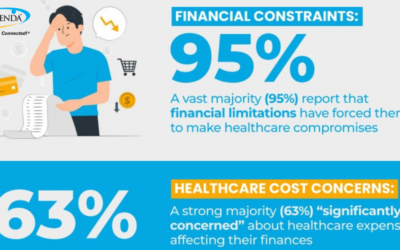During retirement, older adults often move from a lifestyle of strong professional and social networks and settle into more relaxed, sedentary habits over time. Unfortunately, these often unconscious decisions can eventually result in a common problem, social isolation. This is a slow process, and the condition takes time to develop, depending on prior levels of sociability and current interests or activities. Unfortunately, however, the results of social isolation can have a serious impact on emotional and even physical well-being.
According to Lisa Berkman, director of the Harvard Center for Population and Development Studies, social isolation can result in increased depression, as well as declining mental and physical well-being for sufferers. The risk of mortality is also about three times higher for isolated persons when compared to those who have regular sources of social interaction.
With approximately 10,000 U.S. citizens turning 65 every day, and the vast majority of them expressing intentions of aging in place, social isolation has become an issue of national concern. Berkman told the American Association of Retired Persons (AARP) that there are a number of possible solutions that could address the issue, with the foremost being reforming housing construction and technology for older adults.
Berkman explained that many of the initiatives that would assist older adults could also have other far-reaching benefits. For example, increased construction of ramps can make buildings more accessible for older adults, but also for mothers pushing strollers and the disabled.
However, many older adults and their families are turning to a more cost-efficient and immediate solution in the form of new technology designed for use by older generations. The AARP has supported this approach with its own program titled Connecting to Community (C2C) that provides low-income seniors with technology training.
Research has shown that internet use can bolster the emotional well-being of older adults. A 2013 study by Case Western Reserve University gave 25 residents of an assisted-living facility instructions on internet use, and "after three months of training and tablet usage, participants reported significant improvements in optimism."
Of course, supplying older adults with technology already optimized for their use that requires little to no training provides a more immediate and effective solution to social isolation.
Independa's game-changing caregiver support technology is designed to improve quality of life for older adults and their caregivers. Our Angela interface, which can be used via an LG television, is a holistic enterprise telecare and social engagement solution. Angela requires no prior computer knowledge or training and enriches the lives of care recipients through simple-to-use video chat and web browsing functions, as well as a host of other exciting features.
Contact us today through our online form to see how our technology can be used to address causes of social isolation for your care facility or loved one.
Do you have any personal experience with using technology to address social isolation? Let us know your thoughts on our Facebook page.




